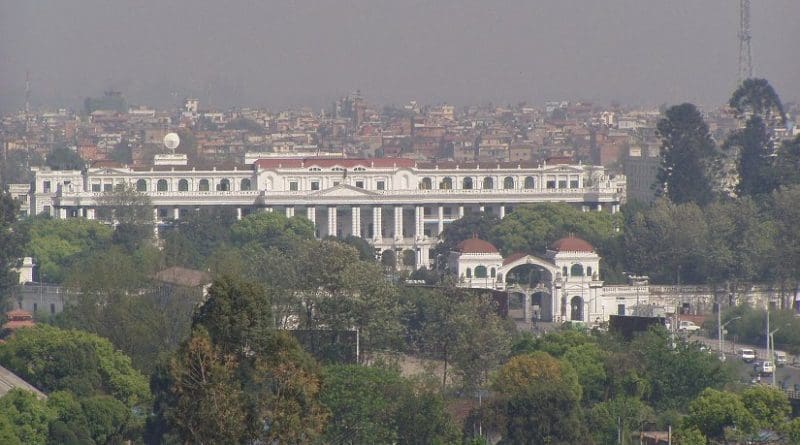Nepal: Successfully Held Second Phase Of Local Body Elections – Analysis
By SAAG
By Dr. S.Chandrasekharan
The second phase of the local body elections went off peacefully on June 28 and the results have started coming in. The enthusiastic response of the people that included a substantial number from the plains in Provinces 1 and 5 should be a lesson to the Madhesi leaders of the RJP-N that their strategy of boycotting the elections had not worked. They have been made to look stupid by the people, to say the least. It is now for them to participate in the elections to Province No. 2 scheduled for September 18 without further protests and go along with the citizens in Terai who are eager to participate in the elections. There is now even a suggestion that the elections to the last Province could be held even earlier!
The elections were generally peaceful though there were a few incidents of bomb blasts and clashes earlier before the polling date.. The Army had been deployed heavily in the trouble prone areas and this helped in going through the elections smoothly.
Roughly, voting was for election of 15038 local representatives for 334 units in 35 districts in the provinces of 1,5 and 7. There were 62000 candidates in the fray.
Despite the voting being held in the middle of the monsoon with heavy rains in some places and in the midst of the planting season, voters turned out in large numbers and it is said that roughly there was 70.5 percent voting. It is very creditable figure and Deuba’s government should be happy about it.
Significantly, the two provinces 1 and 5 that have substantial voters from the Madhes (Terai) also averaged around 70 percent thereby indicating that the Madhesis did not pay heed to the call of some of the Terai leaders to boycott the elections. This included the districts of Rupandehi, Kapilavastu and Sunsari that consisted overwhelmingly of Terains. In fact it is said that some of the leaders of the RJP supported even indirectly their proxy candidates in the elections though officially the party could not participate!
The trend in the second phase of elections shows that the UML and the Nepali Congress are “neck and neck” with the former having a slight edge over the latter. While the UML had a very clear lead in the first phase, the second phase saw only a marginal lead.
The Terain Leaders particularly from the RJP should be now realise that the more they resist, greater will be the chances of UML sweeping the polls in the forthcoming provincial and national level polls. If the UML comes to power in a big way it is doubtful whether the Terai or the Terains would get any justice at all.
The plain truth is that people want to vote and they are not willing any more to listen to the leaders who were calling for boycott of the elctions. The second point, that needs to be borne in mind by them is that the Terai is cursed with division within as could be seen that in the second phase the groups led by Upendra Yadav and Gachhadar did go for the polls but did not fare so well as expected.
The Maoist Centre appears to have lost its sheen and except in small pockets have come a poor third. The extremist groups have been wiped out.
Buoyed up by the success of the second phase of the elections, the Election Commission has come forward with a time table for conducting the provincial and national level elections before the deadline of Jan. 12 of 2018. Since elections cannot be held in the Hill districts after December, the Commission has proposed holding the provincial level elections in end October and the national level elections by the third week of November. This is doable, provided the government moves very fast on the delimitation of the constituencies and that of the boundaries of the provinces.
The Electoral Constituencies Delimitation Commission that re aligns the constituencies before the provincial and federal elections is yet to be formed. So is the case of the Federal Commission for de limiting the boundaries of the provinces. Deuba’s government will have to work at full speed to get the two entities going. He has also to find a face-saving formula for the Terain groups that come under the umbrella group of RJP Nepal to participate in the final phase of local body elections on September 18. This is in the larger interest of the country.

